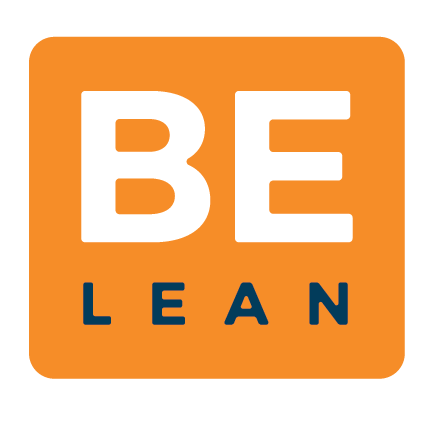Invest in Growth with Insights and Efficiency
So you’ve fixed your weakest link. What’s next?
Let’s remember where we’ve come from. We started with the goal of learning. Specifically, we wanted to learn how to become a sustainable business by prioritizing our focus on the riskiest areas of our business model.
Next, we identified the most important metrics that would yield actionable insights on our progress.
Lastly, we implemented improvements with the intent on moving the metrics to where we want them to be.
Step 4: Repeat by investing in growth with insights and savings
So how’d we do? Have our key metrics moved as we expected? What have we learned about the business based on the results? What do we want to do next with what we’ve learned?
This process is called the Build - Measure - Learn (BML) cycle, and it’s the engine that drives operational improvement.
Each piece of learning we achieve from our efforts fuels the ideas for the next build effort we want to pursue.
The BML cycle isn’t a process with a beginning and end, it’s a continuous loop. To me, it’s an idea that embraces the spirit Kaizen, the Japanese concept of continuous improvement. Pairing BLM cycles with the spirit of Kaizen is a powerful combination to eliminate waste and leanly grow a business over time.
When I was the COO of an energy efficiency company called greeNEWit, this idea became particularly important for us. Having scaled the business incredibly quickly, there were seemingly an infinite amount of links in our chain that needed fixing. The problem was that our staff was already stretched thin, we had maxed out our credit lines, and we weren’t in a position where it was advantageous to raise capital.
So how could we invest in improvement with the resources we had? We invested with insights, and we invested with efficiency.
Using insights to make decisions is one of the most inexpensive forms of improvement you can make. That’s where we started.
Rather than looking at the profitability of the company as a whole, we prioritized measuring the profitability of each of our service lines individually. What I found was shocking. Though we were profitable overall, there were certain services that were actually losing money.
Our worst performing service was called a Quick Home Energy Check. We discovered that the labor costs of our technicians and cost of customer acquisition were higher than the revenue we brought in. This meant that the more appointments we sold, the more money we lost.
Empowered with this information, we restructured our compensation system and eliminated our most expensive sales channels. We also slowed down our sales efforts until things improved. The results were transformational.
We went from losing $20,000 per quarter to profiting $20,000 per quarter. A couple of data-informed decisions yielded us $40,000 of real money that we could invest in additional improvements.
So we did.
We invested in better systems. We invested in automation. We invested in new business strategies. Not all at once, but piece by piece. And each effort yielded results in time, money, and information.
Efficiencies enabled our team to accomplish more in the same amount of time.
Lower costs and higher revenues let us invest in growth without increasing overhead or raising outside capital.
And the visibility and insights into what was actually going on in the business empowered us to make better strategic decisions.
The result was over $250,000 of savings and a cultural transformation to an organization that was self-disciplined, accountable, and valued data-driven decision making.
So if you’ve been sitting on the fence wondering how you’re going to find the time, money, or resources to improve and grow your business, follow the path of greeNEWit, and BE Lean.


